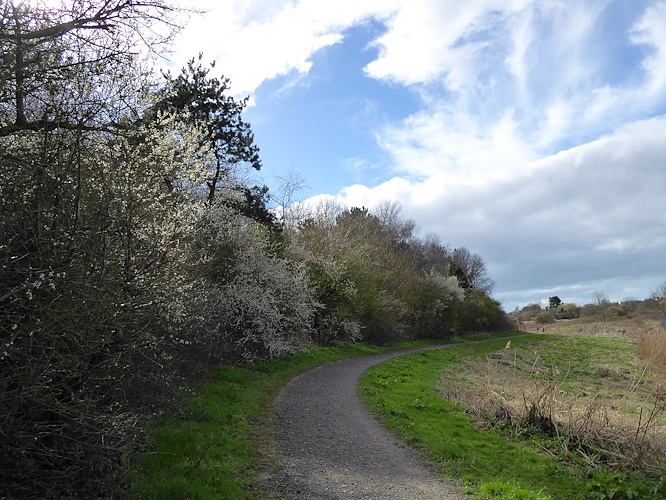
Kew Woods is a former landfill site off Town Lane, Southport, planted up by the Forestry Commission in 2001 as a community woodland. We came here in February 2017 and January 2018, before the pandemic, when there was a direct route by the 300 bus. That bus has since been re-routed, so we tried a different way, via Formby Station and the 44 bus. It took a bit longer but at least it gave us an opportunity to admire the spring shrubs at their peak in suburban gardens – Magnolia, Forsythia, Camellia and early Cherry blossom. It’s a lovely time of year.
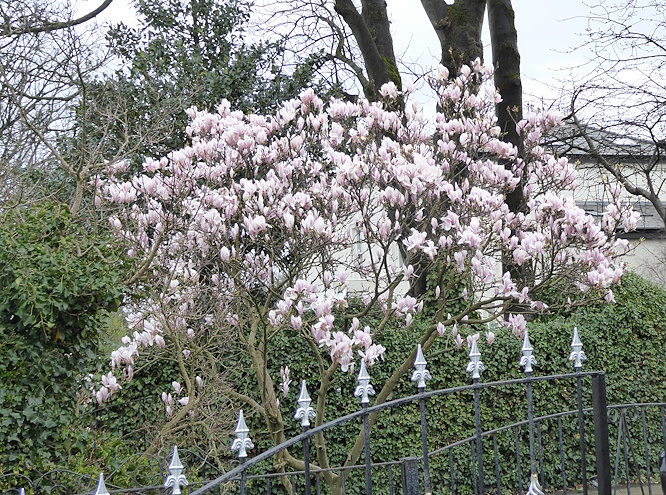
Dobbie’s Garden Centre is right next to the woods, and as we passed we looked at this lovely clump of Snake-Head Fritillaries in the beds by the entrance.
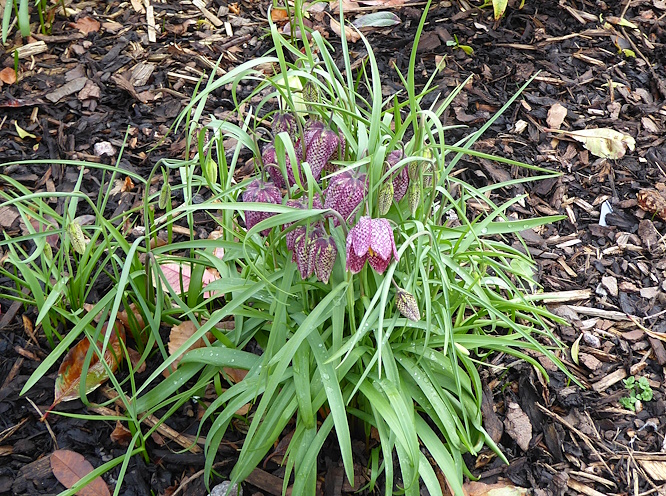
The woods are a mix of open grassland and woody edges, and were planted with native trees such as Birch, Pine, Holly, Hazel, Goat Willow and Blackthorn. They still have plenty of growing to do. Some of the Hazel was multi-stemmed and planted in rows, looking as if it was intended for coppicing.
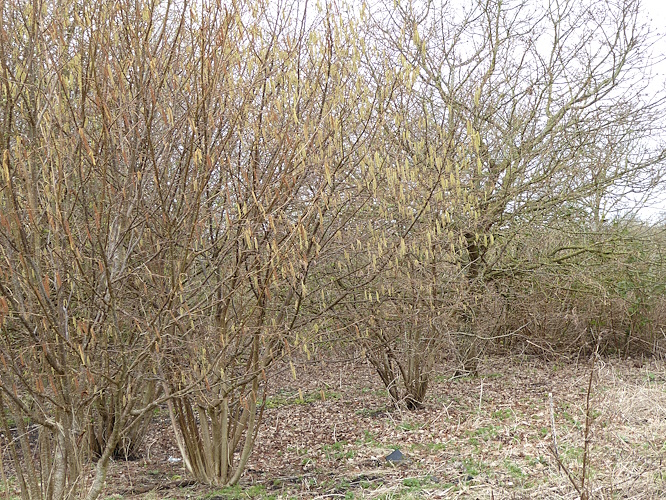
There are still some farm fields at the northern edge, and a couple of male Pheasants were strutting along.
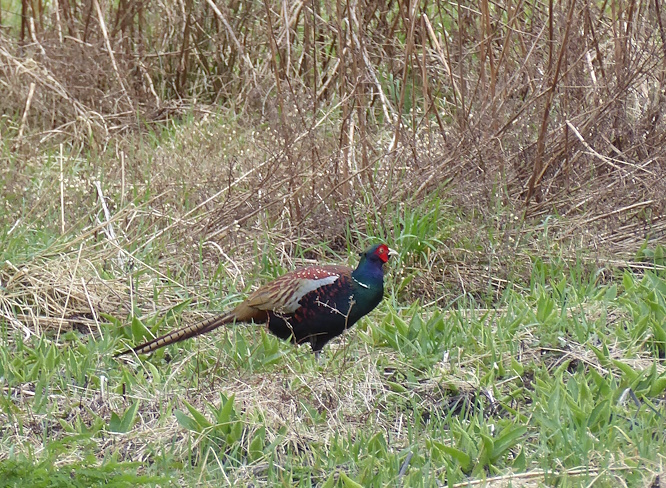
Despite the occasional brief shower, the day was mostly sunny, encouraging the little birds to flit about their business. We spotted Blue Tits, Great Tits, a Greenfinch, some Long-tailed Tits, a few Robins, a Blackbird bathing in a puddle and this Dunnock in a prominent position on a bramble. Dunnocks usually skulk in the undergrowth all year round, except when they are forming territories and attracting a mate.
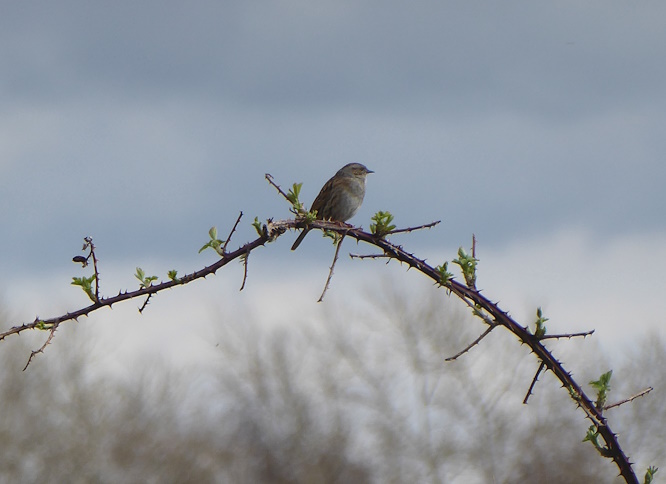
Early flowers included carpets of Lesser Celandine and several clumps of Coltsfoot.
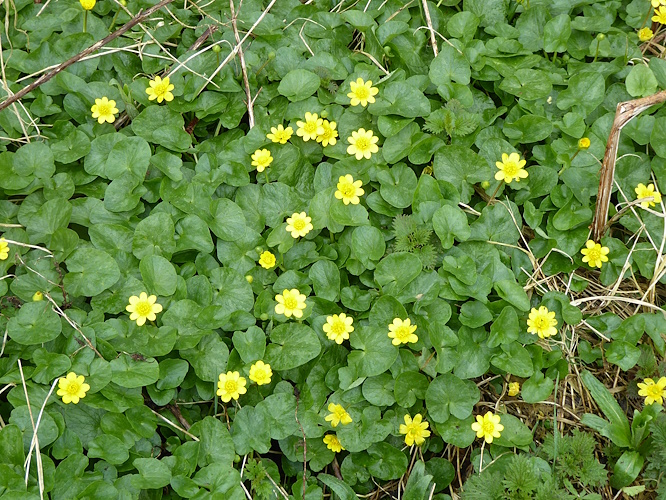
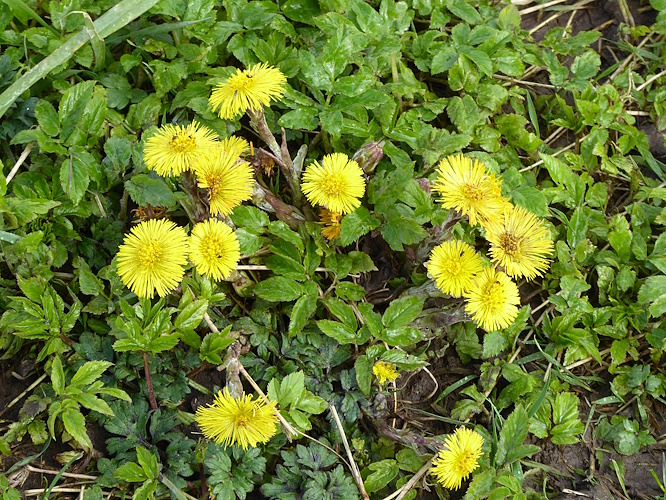
There was lots of “Pussy Willow” (Goat Willow Salix caprea) in late flower but we realised we were a bit perplexed about all the apparently different structures. Some were clusters of green spiky things, earlier ones are grey silky buds (the strokeable “pussies”), while others were obviously bedraggled pollen-bearing tufts. We had forgotten (if we ever knew) that Goat Willow is dioecious, meaning it has separate male and female trees. The spiky structures are the female flowers, which form the seeds. The silky ones are the male flowers before the yellow stamens emerge.
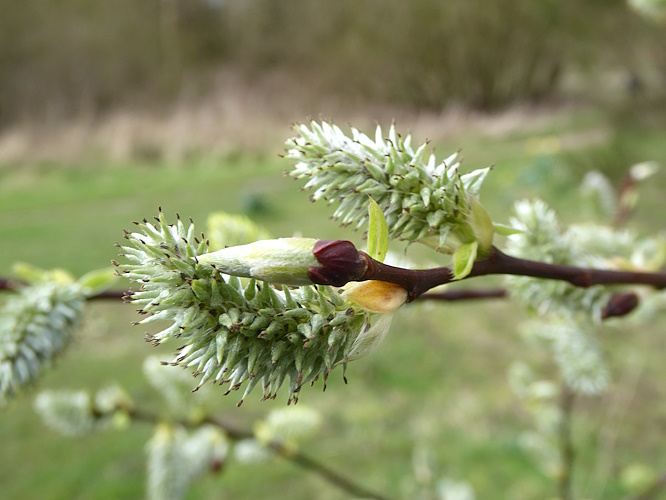
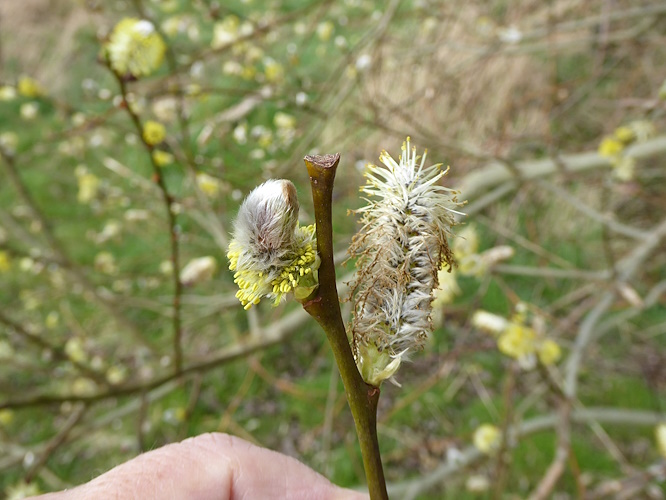
On the right is one gone over and bedraggled by the rain.
On the northern edge, opposite a Blackthorn hedge, there was a carpet of Lesser Celandine on a north-facing bank next to Fine Jane’s Brook. Surprisingly, several butterflies were on the wing. Two were Peacocks and two were Commas. Amazing what a bit of sun brings out!
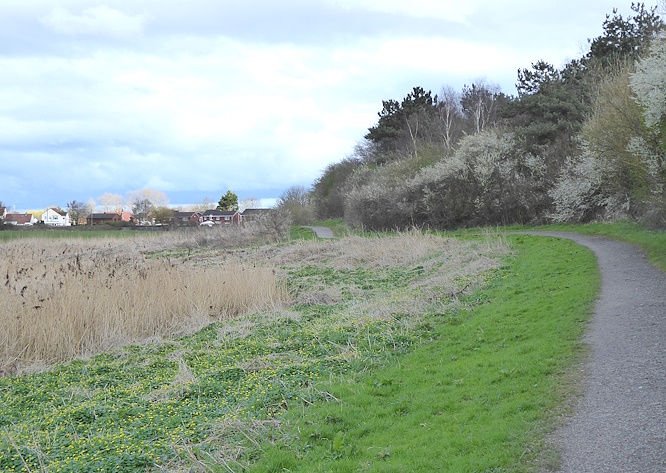
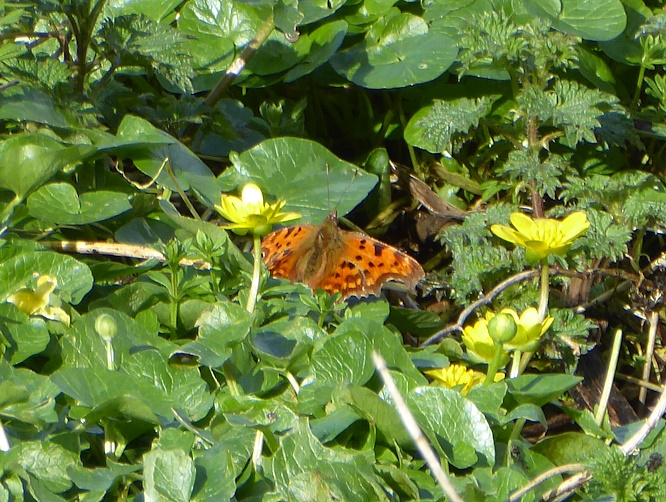
On the way back to the bus we passed three old and rotted Giant Puffballs (Calvatia gigantea) under a small Hawthorn tree. Fresh ones emerge from June to September and are edible when they are white all over and all through. These were brown and weathered, although they still produced spores when kicked.
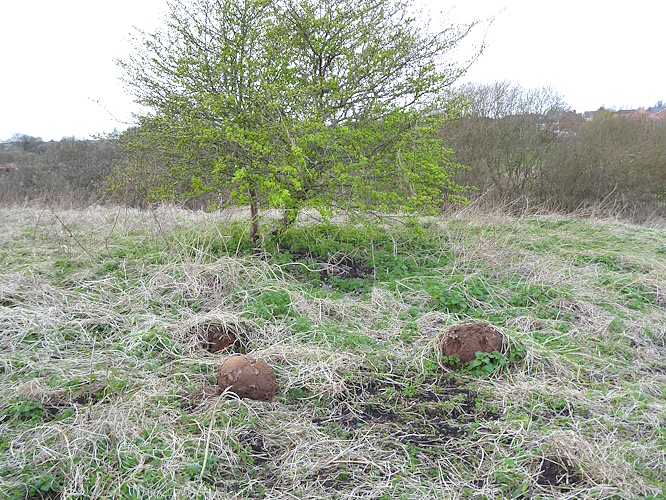
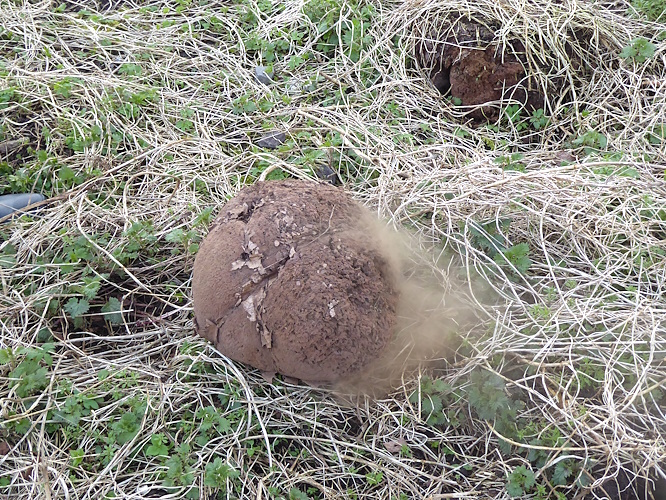
Public transport details: Southport train from Central at 10.23, arriving Formby at 10.53. Up the stairs and across the road to the bus stop at Formby Bridge for the 44 bus at 11.10, arriving Town Lane Kew/Bentham’s Way (outside Dobbie’s) at 11.35. Returned from the same bus stop on the 44 at 2.31, arriving Eastbank Street, Southport at 2.45, in time for the 2.57 train to Liverpool.
